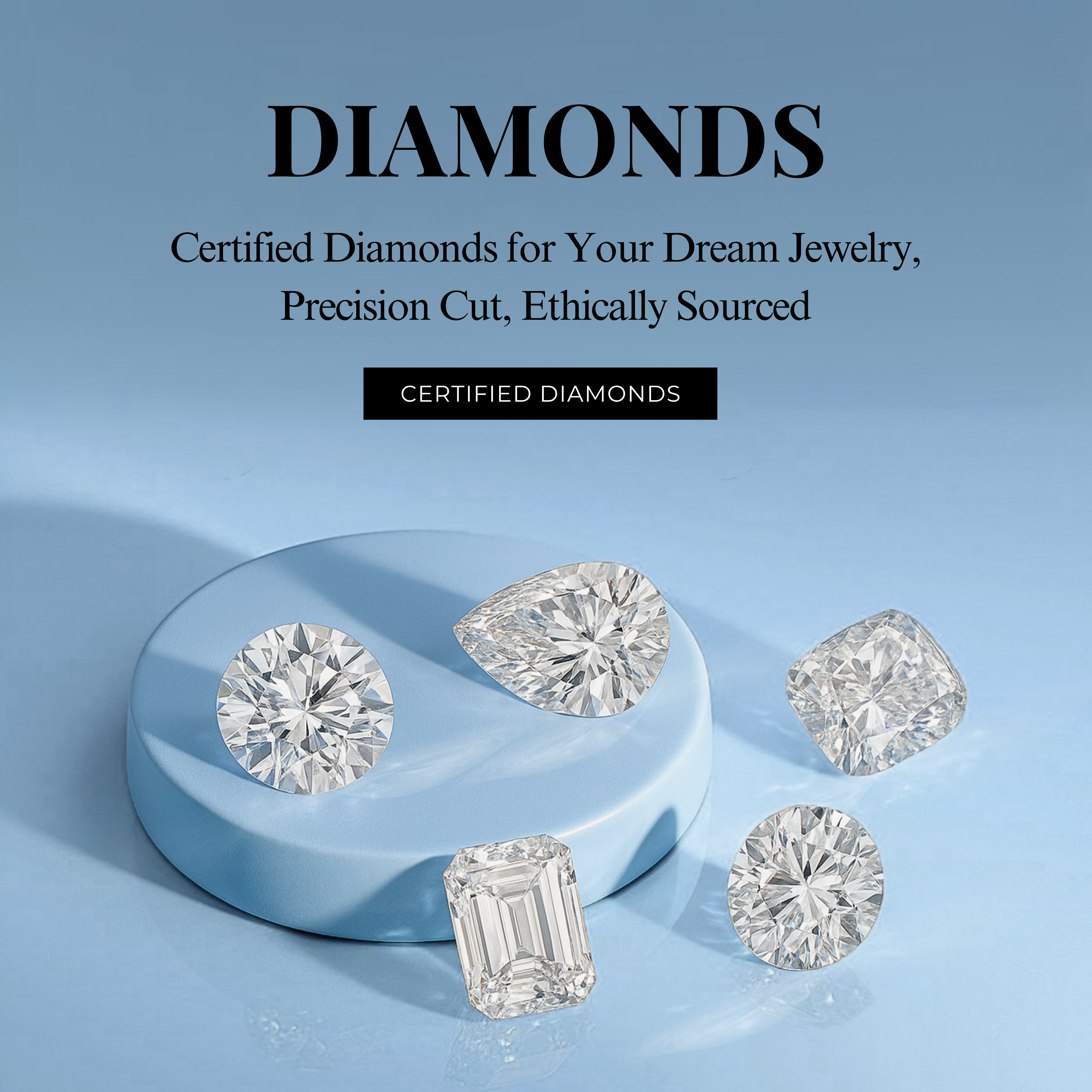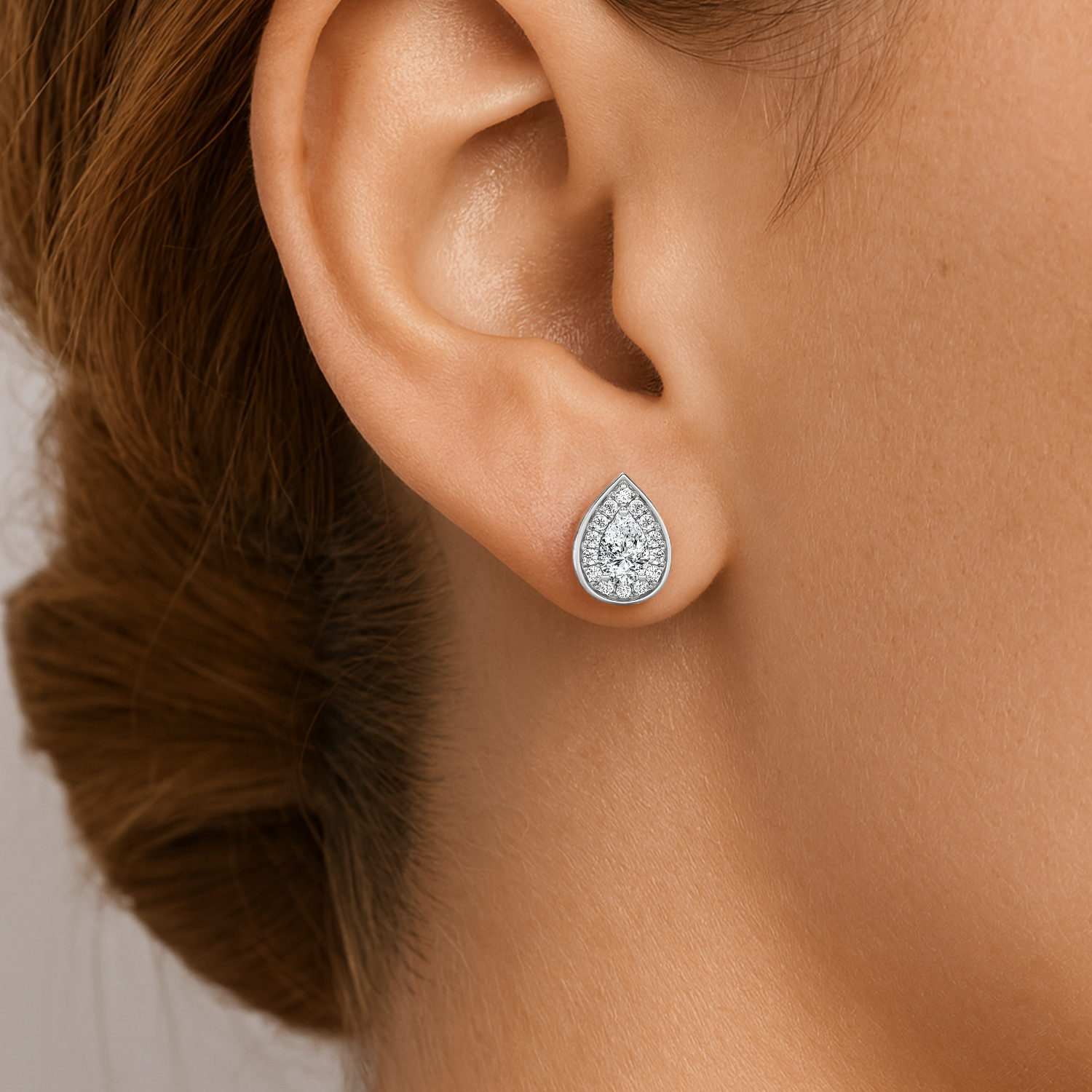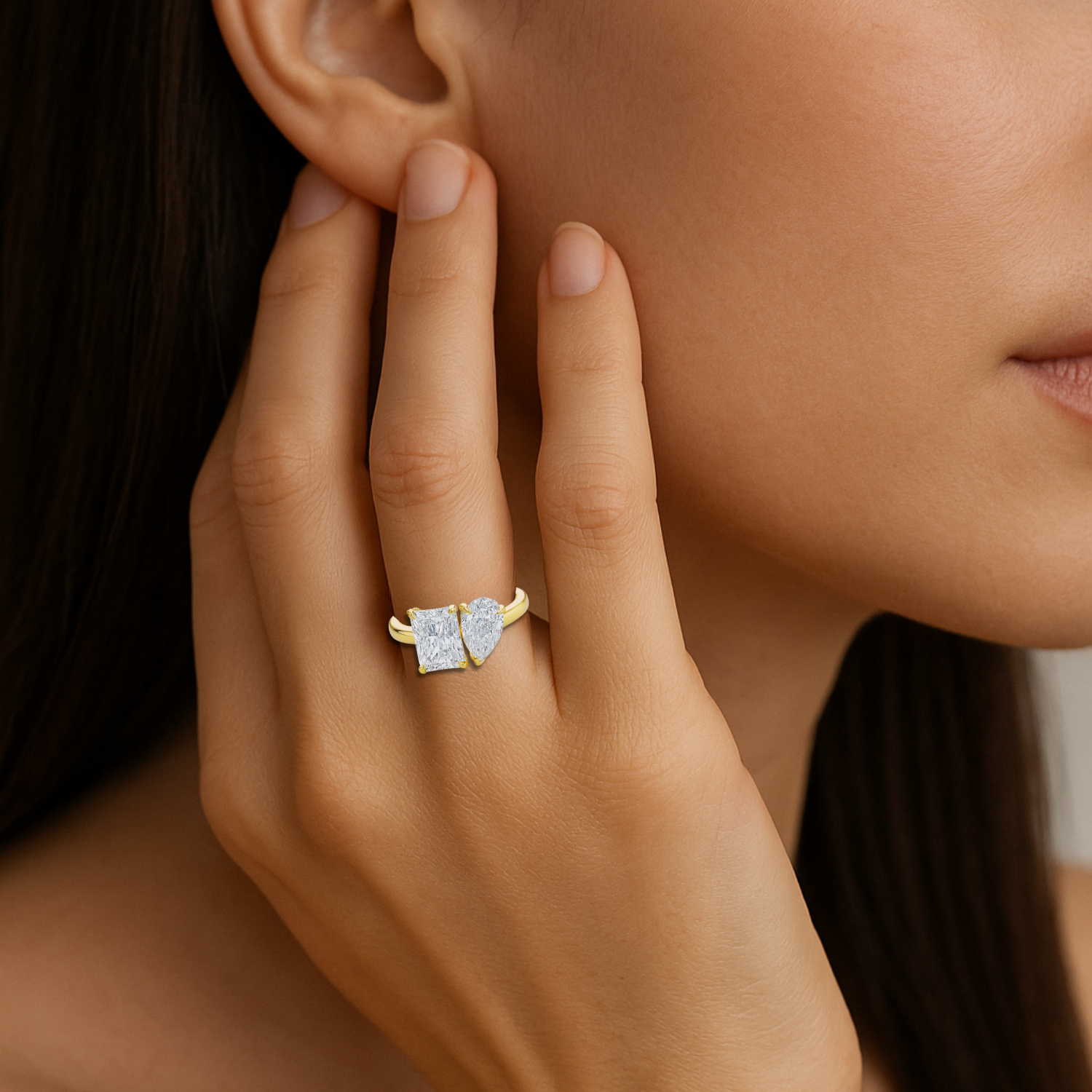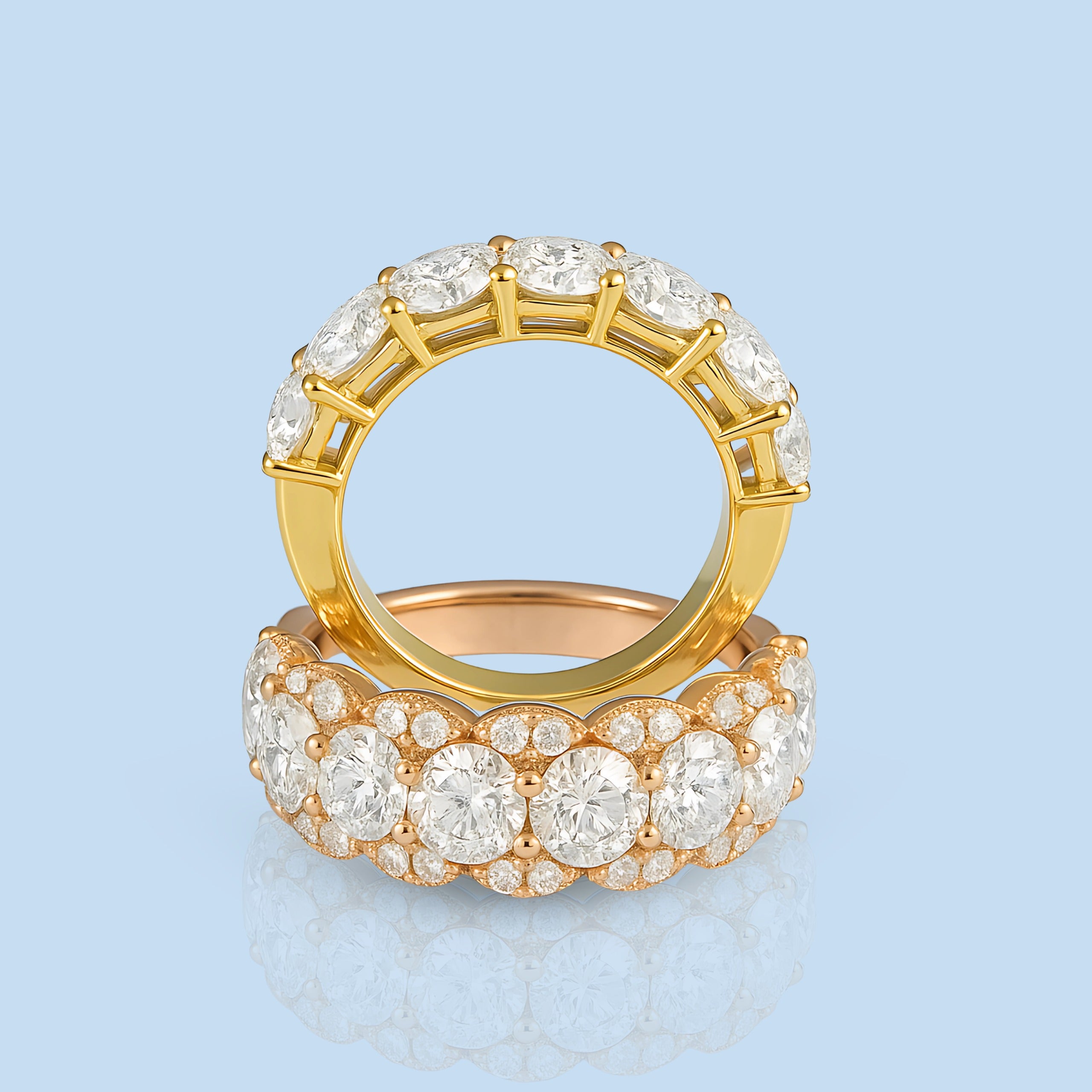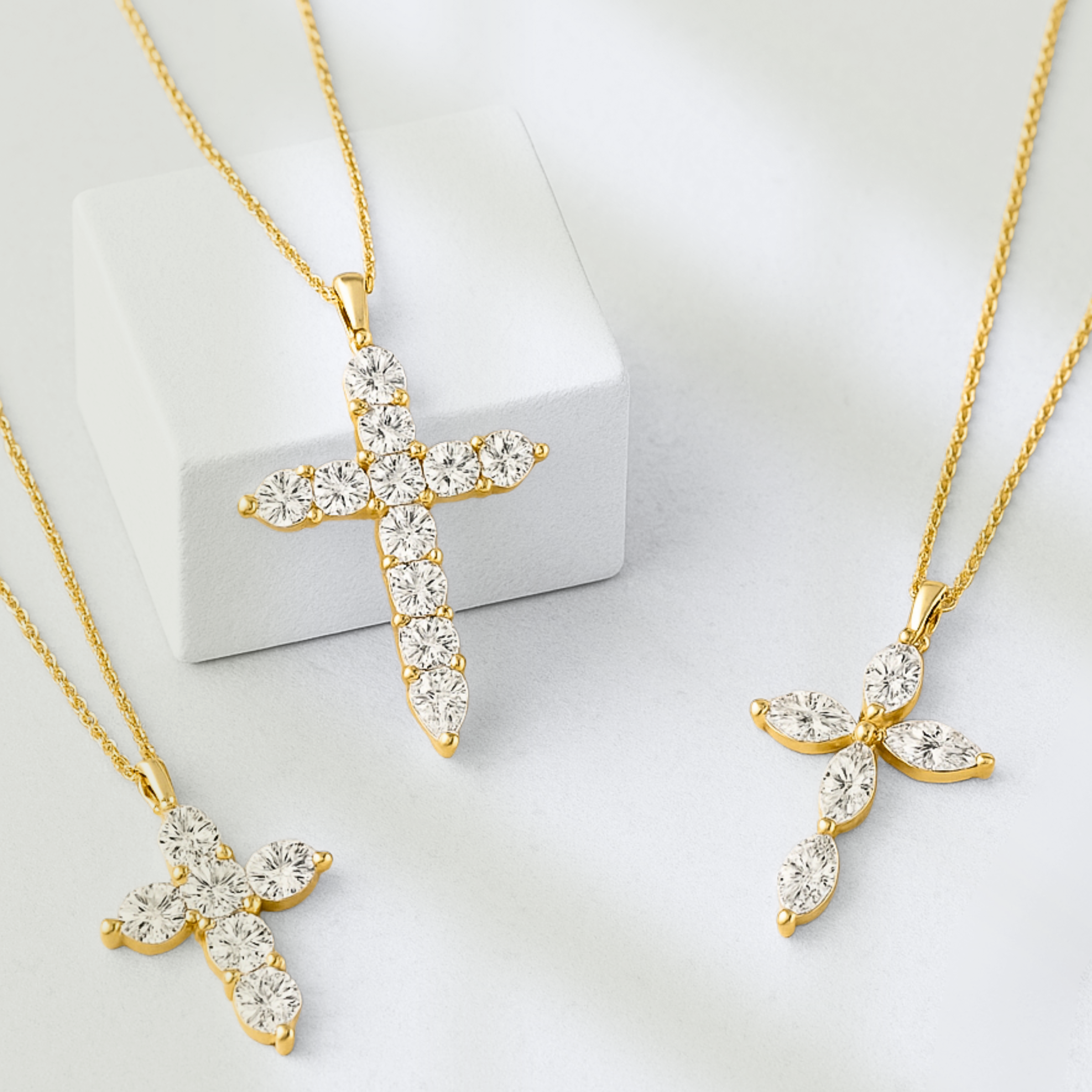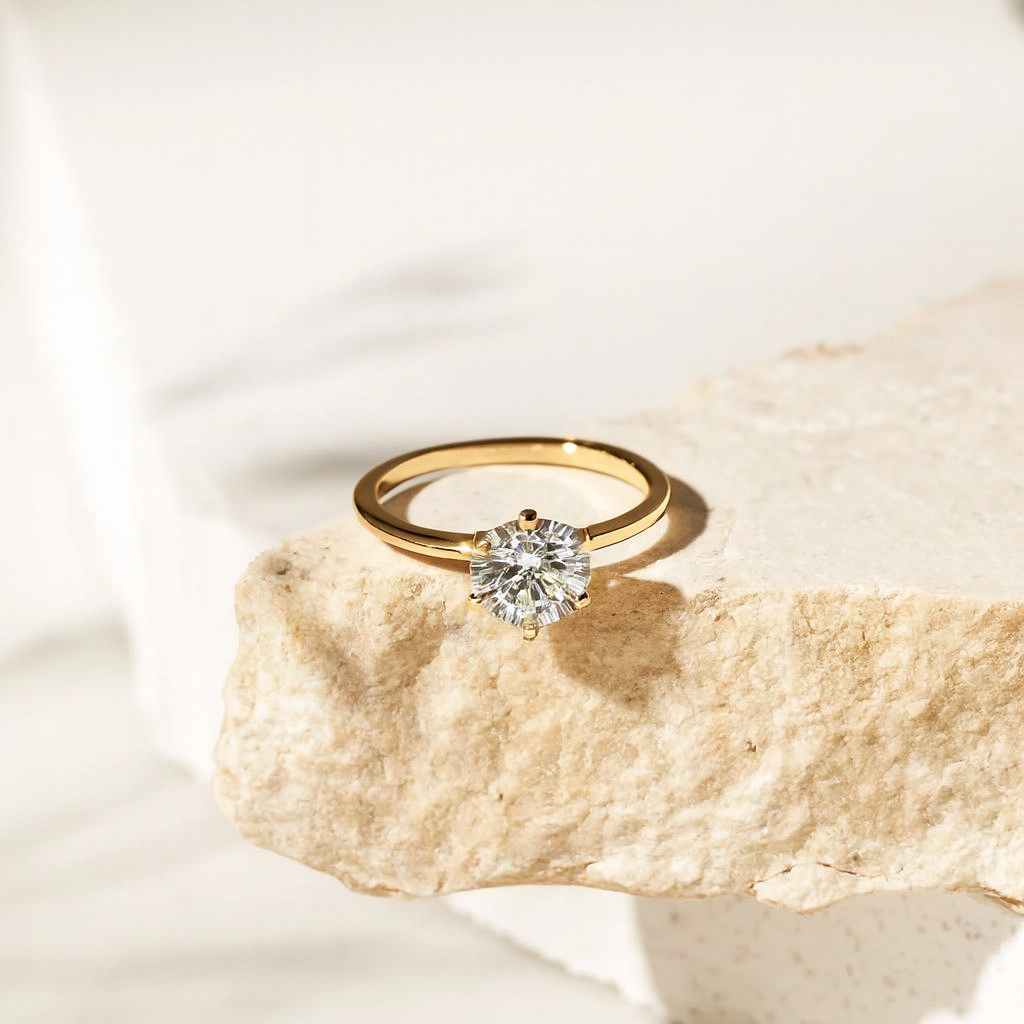
How Lab-Grown Diamonds Are Made: The Science Behind Ethical Luxury Gems
Lab-grown diamonds have transformed the jewelry industry by offering authentic, beautiful, and sustainable alternatives to natural diamonds. You may better appreciate the value, science, and workmanship of these jewels at Fine Diamond by knowing how they are created. This blog examines the intriguing process of creating lab-grown diamond using cutting-edge scientific techniques that mimic natural processes but produce results in weeks rather than billions of years.
What Are Lab-Grown Diamonds?

Real diamonds created in a sophisticated, controlled laboratory setting are known as lab-grown diamonds. They are identical to real in terms of chemistry, physics, and optics. Lab-grown diamonds are produced in a matter of weeks or months using two main scientific techniques: High Pressure High Temperature (HPHT) and Chemical Vapor Deposition (CVD). This is in contrast to natural diamonds, which form over billions of years under extreme heat and pressure deep under the Earth's mantle.
The Two Main Methods of Creating Lab-Grown Diamonds
1. High Pressure High Temperature (HPHT)
The HPHT process replicates extreme heat (about 1,500°C) and intense pressure inside a specialized press. This simulates the harsh natural conditions underground. Under these conditions, carbon atoms in a tiny diamond seed bond together to form a larger one. The three main types of presses used are the split-sphere (BARS), cubic, and belt presses. Inside a metal container, the diamond grows around the seed over several weeks. This method sometimes requires less post-growth treatment and often produces diamonds with better clarity and color.
2. Chemical Vapor Deposition (CVD)
In CVD, a thin diamond seed slice is placed inside a sealed chamber filled with carbon-rich gases. The gases include hydrogen and methane. When heated to 800–900°C, the gases ionize. Carbon atoms then deposit layer by layer onto the seed. This gradually forms the crystal structure. The process can take days or weeks depending on the desired size. CVD may initially have brownish or yellowish tints. Post-growth treatments are usually applied to improve color. By adding other components during formation, diamonds can be made in beautiful colors.
Subscribe to our newsletter for quick updates on our blogs!
Laboratory Conditions and Quality Controls

To maximize crystal formation and reduce flaws, technicians closely monitor and regulate temperature, pressure, gas composition, and time during the growing process. Since defects can spread throughout growing, the original seed's quality is very important. When the diamonds are big enough, they are taken out and cut and polished with a precision laser and conventional methods to reveal their full brightness.
Certifications and Identifiability
Reputable gemological laboratories like GIA and IGI rigorously grade both HPHT and CVD. These validate the lab-grown origin and assess its quality based on the four Cs: cut, color, clarity, and carat weight. Transparency and authenticity are further supported by the fact that many diamonds have tiny laser inscriptions identifying them as artificial.
Environmental and Ethical Advantages
Compared to diamonds that are mined, lab diamonds have a far smaller environmental impact because they require a lot less energy and don't disturb ecosystems as mining does. By providing completely traceable and conflict-free sourcing, they also sidestep the moral dilemmas associated with conflict. The principles of contemporary consumers looking for ecological and ethical luxury are ideally aligned with this.
The Final Product: Real Diamonds for Every Occasion
Fine Diamond's meticulously cultivated and finely polished lab-created stones have the same luster, toughness, and appeal as real stones. They give consumers the assurance of their impact and place of origin while enabling them to enjoy larger or better-quality products at more affordable costs.
Selecting a lab-grown diamond entails choosing cost, ethical integrity, and beauty supported by science—all without sacrificing any of these qualities. Every lab-grown diamond at Fine Diamondis verified and meticulously picked. Discover the beautiful jewelry of the future by perusing our exquisite assortment right now.


 Round
Round  Marquise
Marquise  Asscher
Asscher  Princess
Princess  Cushion
Cushion  Pear
Pear  Heart
Heart  Emerald
Emerald  Oval
Oval  Radiant
Radiant 